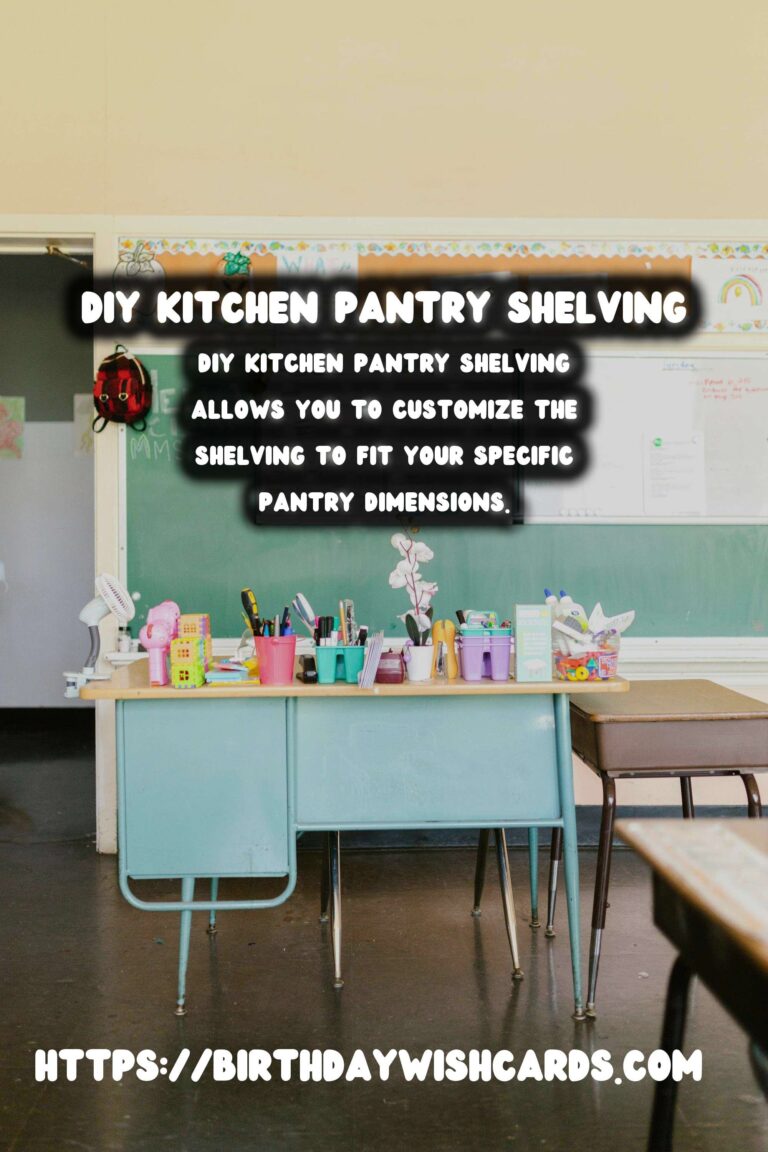
Creating a well-organized kitchen pantry can transform your cooking experience and simplify meal prep. One of the most effective ways to enhance your pantry is by installing DIY shelving. Custom shelving not only maximizes storage space but also ensures that your pantry items are easy to find and access.
Why Opt for DIY Kitchen Pantry Shelving?
DIY kitchen pantry shelving offers several benefits that make it a popular choice for homeowners looking to improve their kitchen space. First, it allows you to customize the shelving to fit your specific pantry dimensions and storage needs. Whether you have a small pantry or a large walk-in one, DIY solutions can be tailored to accommodate your requirements.
Additionally, DIY projects can be more cost-effective than purchasing pre-made shelving units. By using materials from your local hardware store and repurposing items you already have, you can save money while creating a functional and stylish pantry.
Materials Needed for DIY Shelving
Before you begin your DIY shelving project, gather the necessary materials and tools. Here’s a list of commonly used items:
- Wood or plywood sheets
- Brackets and mounting hardware
- Screws and nails
- Drill and drill bits
- Level
- Measuring tape
- Paint or wood stain (optional for finishing)
Having these materials on hand will ensure a smooth and efficient project execution.
Step-by-Step Guide to Building Your Shelves
Step 1: Measure Your Pantry
Start by measuring the interior dimensions of your pantry. Consider the height, width, and depth to determine how many shelves you can fit and how they should be spaced. Make sure to account for the height of items you plan to store, such as cereal boxes or large jars.
Step 2: Cut the Shelves
Based on your measurements, cut the wood or plywood to create the shelves. Use a saw to make precise cuts, ensuring that each shelf is consistent in size and shape. Sand the edges for a smooth finish.
Step 3: Install the Brackets
Secure the brackets to the pantry walls using screws and a drill. Ensure that the brackets are level and evenly spaced. This will provide sturdy support for your shelves, preventing them from sagging under the weight of pantry items.
Step 4: Attach the Shelves
Place the cut shelves onto the brackets. Double-check that they are level before securing them with screws. If desired, apply a coat of paint or stain to protect the wood and enhance the appearance of your new shelves.
Organizing Your Pantry
Once your shelving is installed, it’s time to organize your pantry items. Consider grouping similar items together, such as canned goods, baking supplies, and snacks. Use clear containers or baskets to keep items visible and easily accessible.
Labeling shelves or containers can also be helpful, allowing you to quickly find what you need and maintain organization over time.
Conclusion
DIY kitchen pantry shelving is a practical and rewarding project that can significantly improve your kitchen’s functionality. By following these steps and customizing the design to your needs, you can create a pantry that is both efficient and aesthetically pleasing.
Creating a well-organized kitchen pantry can transform your cooking experience. DIY kitchen pantry shelving allows you to customize the shelving to fit your specific pantry dimensions. Materials needed for DIY shelving include wood, brackets, screws, and a drill. Measure your pantry carefully to determine shelf placement. Install brackets securely to support the weight of pantry items. Organizing your pantry with labeled containers can enhance efficiency. 
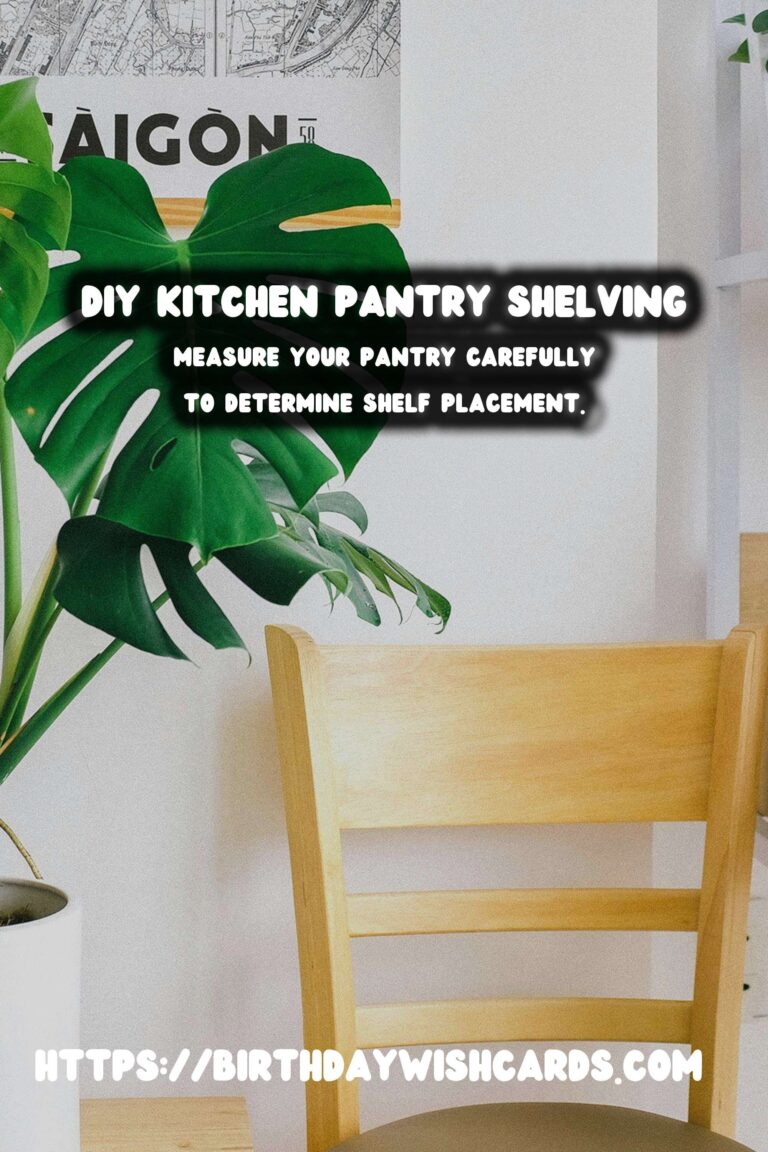

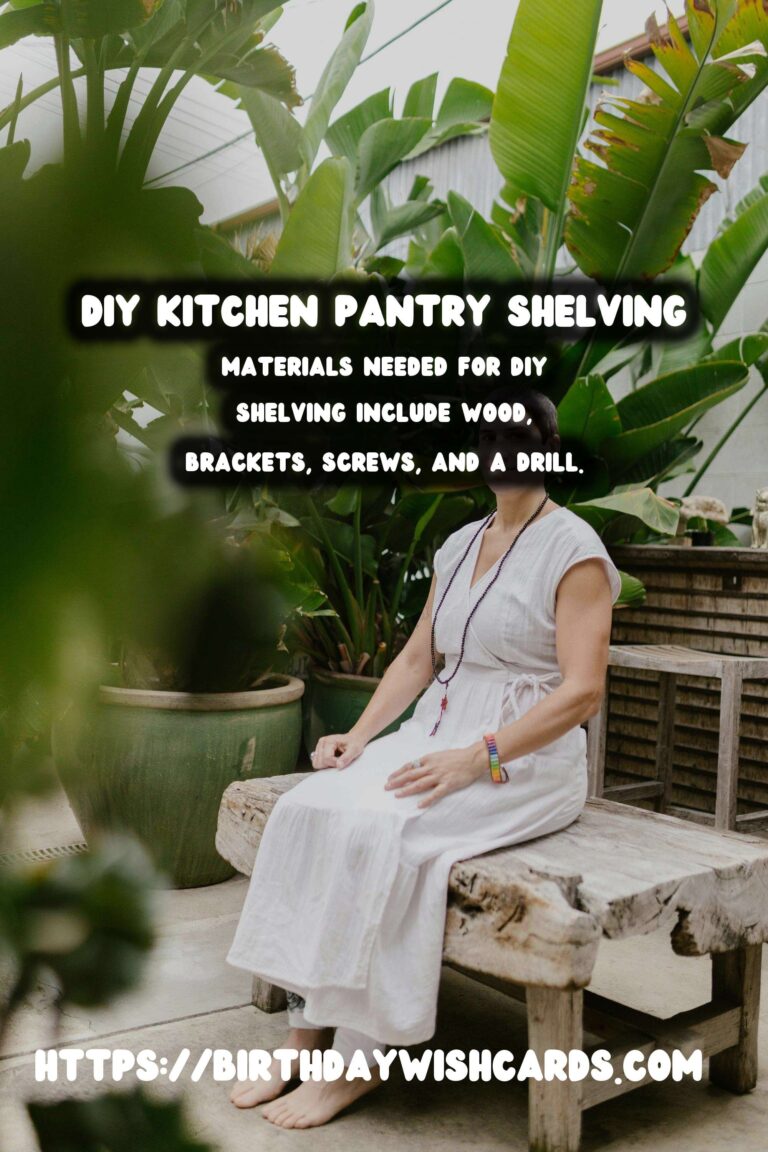
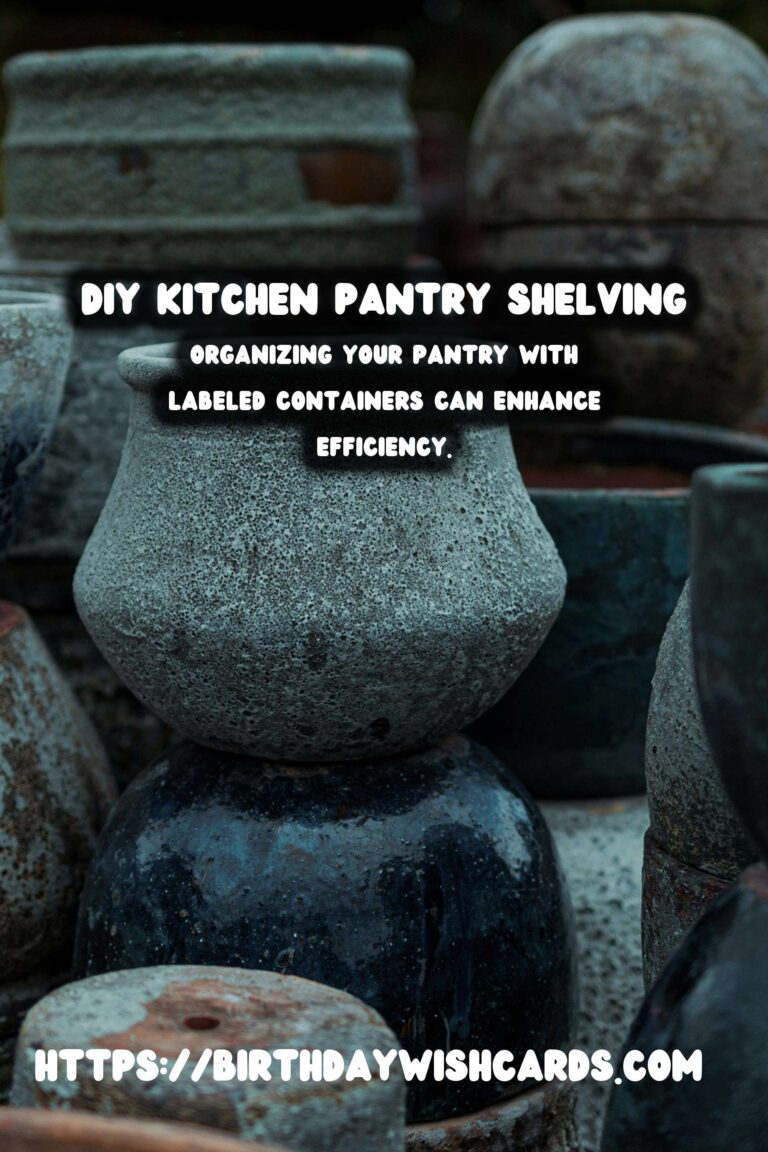
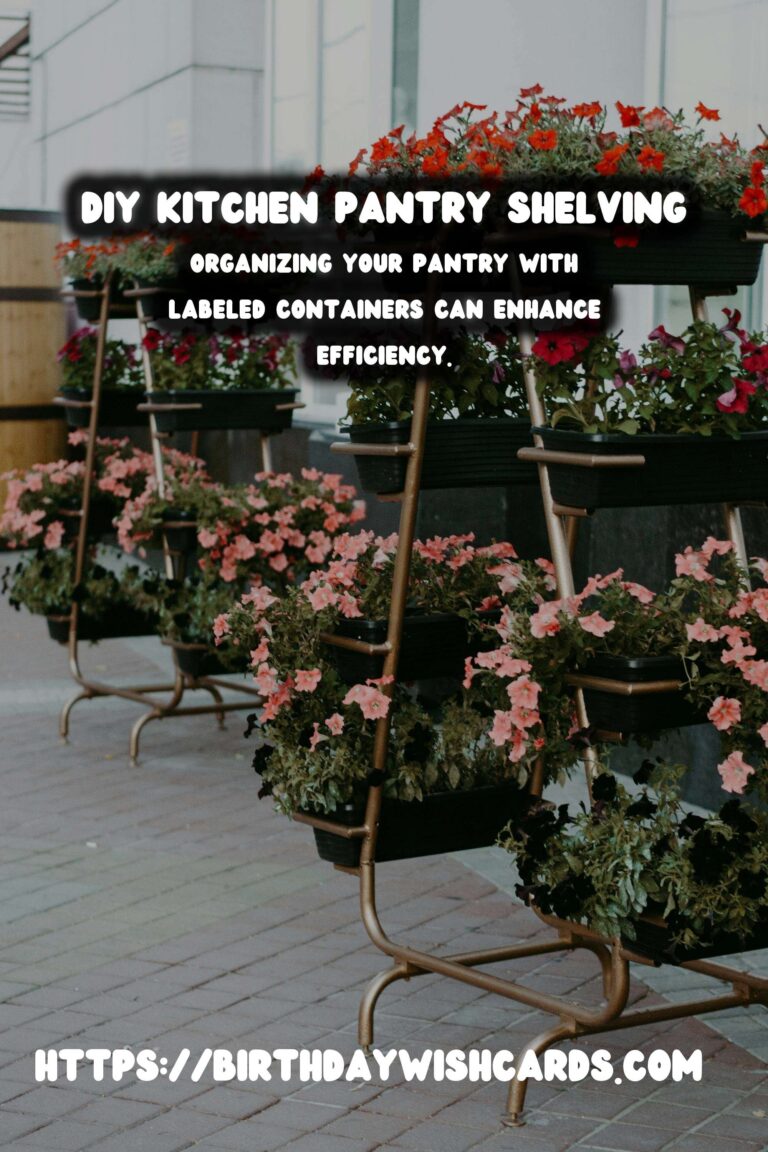
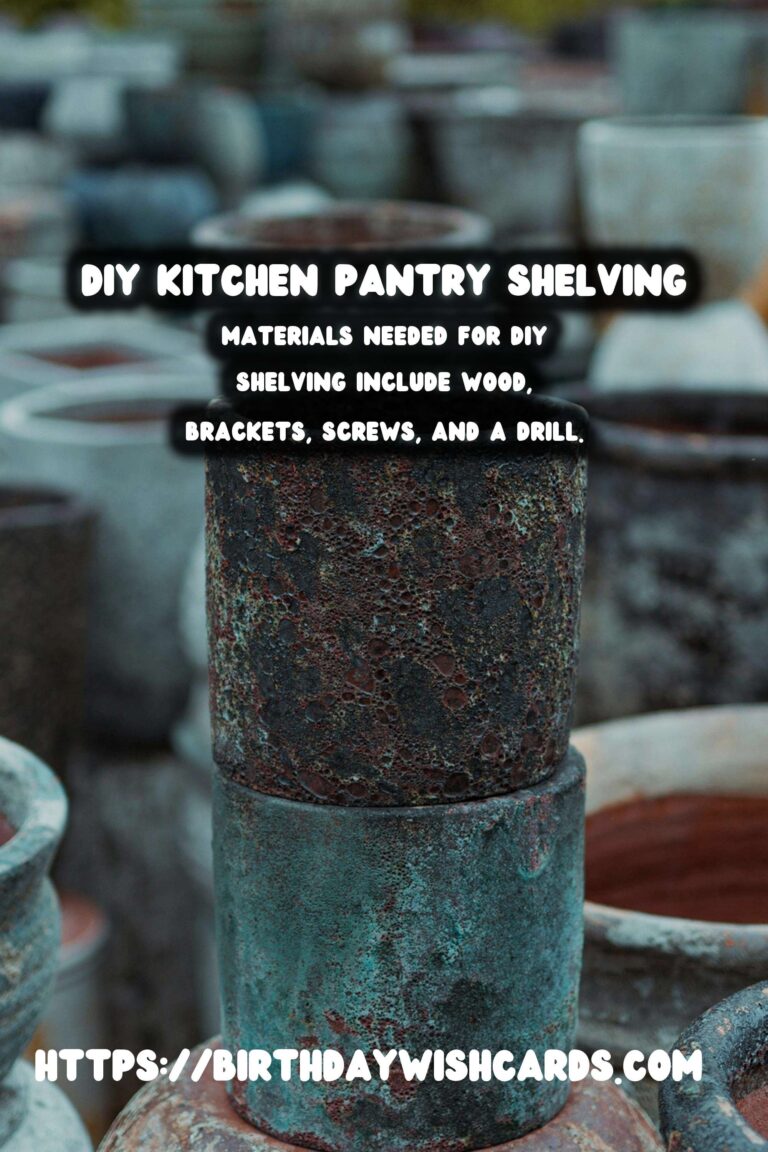
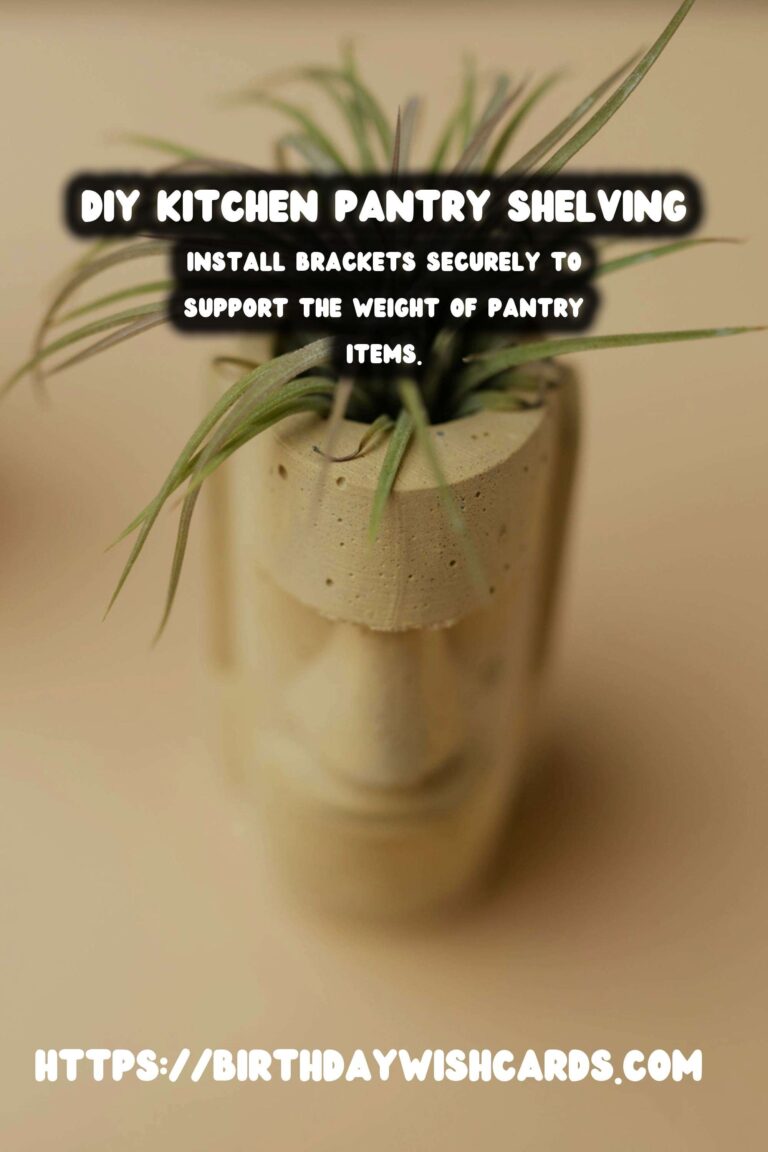
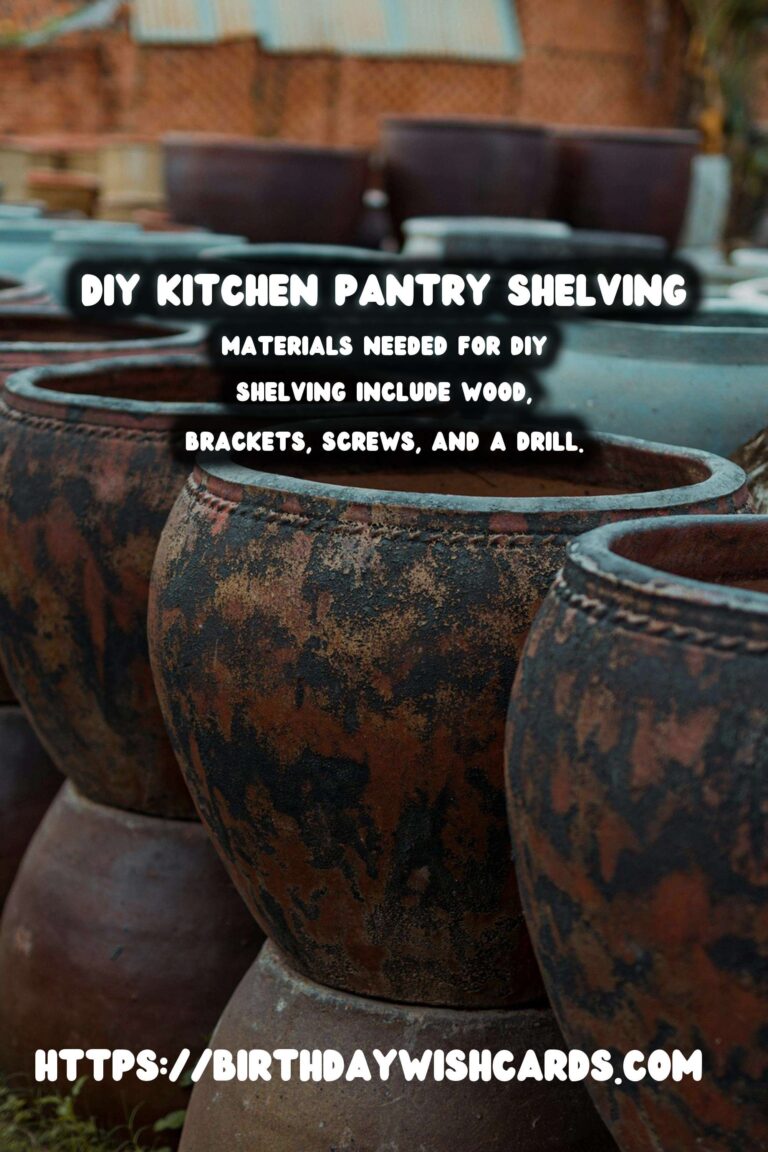
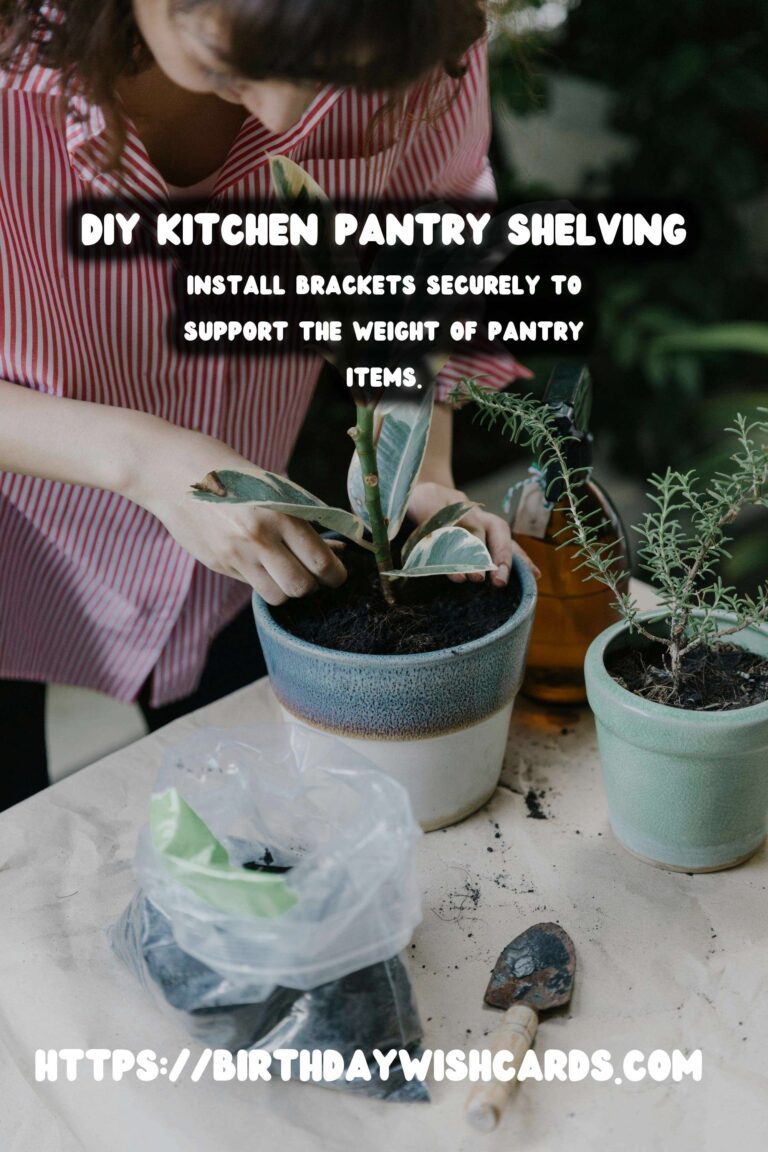
#DIY #KitchenPantry #Shelving #HomeImprovement #StorageSolutions




